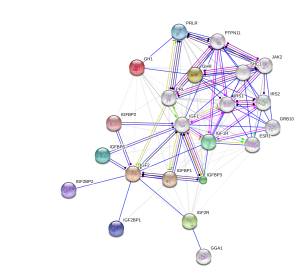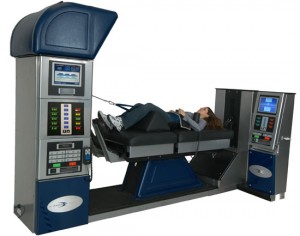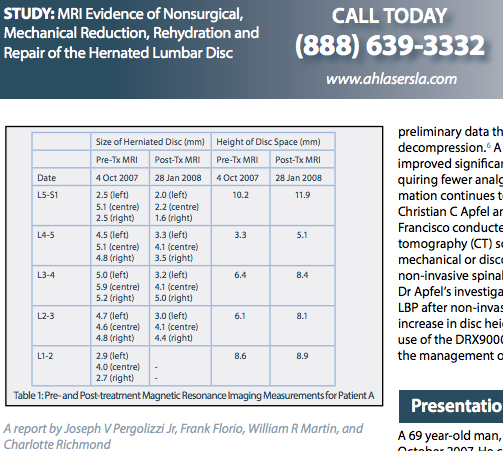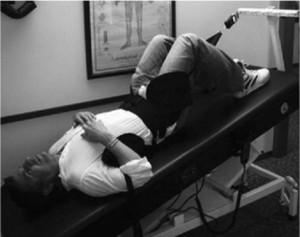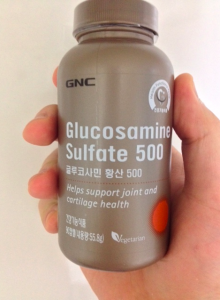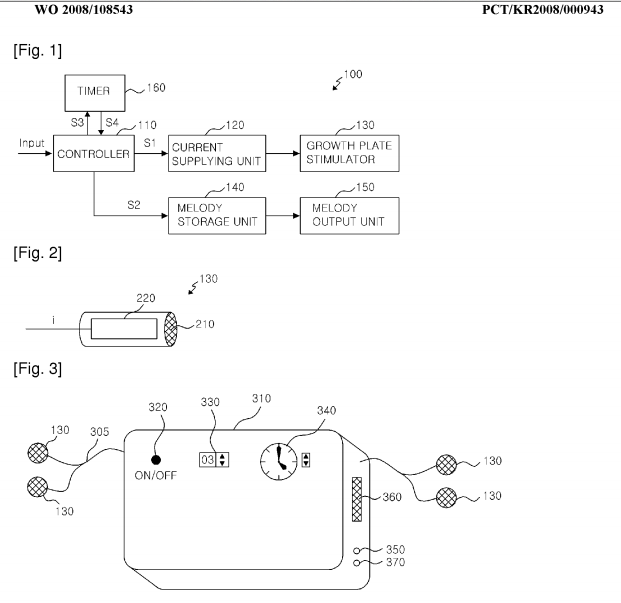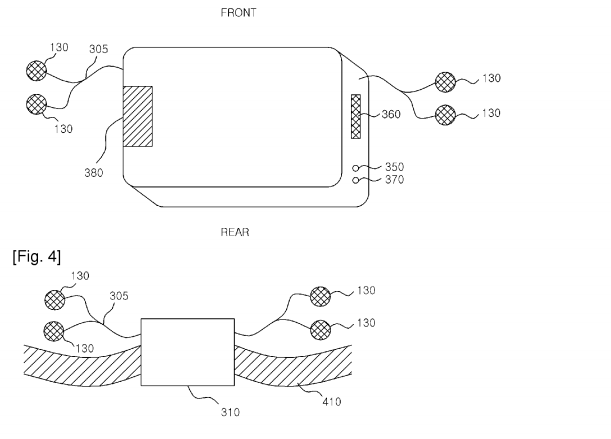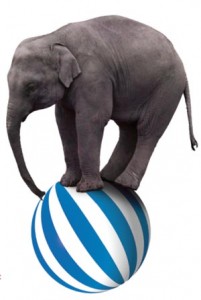Sometimes I find new information from links that are made to this website and today was one of those days. It seems that there is a website called Good Looking Loser (which focuses on dating, fitness, making money, and lifestyle) has this forum where a person asked whether there was any other options besides Limb Lengthening Surgery which can lead to height increase after a person reaches adulthood and full bone maturity.
The link to the forum article is Topic: Limb lengthening surgery. Only way to get tall??
The guy was 26 years old, 5′ 10″, and wanted to be at least 1 inch taller.
It seems that as a response, two people did leave a reply which sort of made me think about the scientific implications when they mentioned that someone did seem to increase in height after HGH injections.
I took the liberty of clipping a pic and pasting his post below
A Little Bit Of History To Put Things Into Context:
I remember seeing this guy and finding the website Good Looking Loser maybe 6 months ago from clicking on a link where people were talking about fitness. From what I remember, this guy, the one who posted, is one of the founders of the website. This website is sort of like a No Nonsense Approach for American guys in their 20s who want to chase after the typical dreams of meeting and having sex with as many beautiful girls as possible, becoming physically fit and ripped, making money quickly, enhancing one’s mind cognitively through taking nootropics (which I talked about using Provigil), and living the sort of location independent lifestyle promoted by Tim Ferris in his book “The 4 Hour Work Week“.
I am fully aware of these types of guys who are trying to live the life that they want. I was one of them a few years back. My whole point is that, this guy is not one of those people who is going to lie about this type of strange medical anomaly. I personally believe in his unique story. I can’t find any motive or reason why this guy would lie about something like that. He seems like a genuinely honest, no bullshit type of guy who just tells it like it is, sort of like how he designed his personal website (and his personal brand) to be like.
The guy (don’t know his name) is obviously very big in terms of muscles but I have no idea what his current height is. He just says that he did notice his height increasing to over 5′ 8” after he started to use HGH Injections as prescribed by his doctor for treating some sports injury.
Now, this growth in height happened in the span of 3.5 months in the Summer of 2006. That was 7.5 years ago. If we were to assume that this guy is maybe 31 currently, then those increase in height happened when he was 23-24, which is quite late in development.
If this guy is anything younger, like even in the age range of 29-30, we should not take too much note in his story. He would have been 21-23. That is still a reasonable young age for a small percentage of men to still have active growth plates.
Note: We realize also after reading about diurnal variations in the longitudinal growth in lower leg bones (tibia) that most men and women experience the greatest amount of growth spurt in the Summer season and at night time during sleep, . (read the PubMed article “Is longitudinal bone growth influenced by diurnal variation in the mitotic activity of chondrocytes of the growth plate?“. That might further disprove this guys point, since maybe what really happened was that he experience one last growth spurt in his early 20s in those summer months, which would coincide with his point that the entire thing happened through 3.5 months. That would suggest his growth plate cartilage was still intact.
The 2nd thing we note is that Tyler also mentioned in my 2nd Podcast Episode (Listen Here) that he was doing bodybuilding and weightlifting in his mid 20s and after he stopped weightlifting, he noticed that his own height increased by about 1 inch (from 5′ 8″ to 5′ 9″) after he stopped. It might be that this guy who was doing a lot of weight lifting took some time off from his routine of weight lifting to heal his knee and that gave his body time to readjust and get back to its normal height.
The next questions we should be asking ourselves (or him) are…
- How old was he when the thing happened?
- How much HGH was he injecting?
- How much of a gain did he achieve?
Can we explain away this single case of height increase through HGH injections as a case of a guy going through a late stage growth spurt in his early 20s during the summer months?
Or does this show that some HGH usages, in at least the initial stages when the body is first adjusting to recombinant growth hormone, might lead to the articular cartilage or the tissue in the intervertebral discs to somehow go into hypertrophy and lead to maybe 1 extra inch of height for adults with epiphyseal growth plate closure?
[Tyler’s Notes: Well I believe that IGF2 is one of the key proteins to induce new growth plates.
You can see in this image that GH1(human Growth Hormone) is linked somewhat to IGF2 but far more closely to IGF1.
My current theory is IGF2 is key to forming the mesenchymal progenitor cell layer that forms the resting zone layer and that CNP is key to the other stages of growth plate formation.
More on IGF2 and GH1:
Molecular genetics of human growth hormone, insulin-like growth factors and their pathways in common disease.
“The human growth hormone gene (GH1) and the insulin-like growth factor 1 and 2 genes (IGF1 and IGF2) encode the central elements of a key pathway influencing growth in humans. This “growth pathway” also includes transcription factors, agonists, antagonists, receptors, binding proteins, and endocrine factors that constitute an intrincate network of feedback loops. GH1 is evolutionarily coupled with other genes in linkage disequilibrium in 17q24.2, and the same applies to IGF2 in 11p15.5. In contrast, IGF1 in 12q22-24.1 is not in strong linkage disequilibrium with neighbouring genes.”

“Both IGF2 and H19 are well-known imprinted genes with opposite behaviours: IGF2 is expressed only from the paternally inherited chromosome, while H19 is transcribed only from the maternal chromosome. This is because both genes share the same set of enhancers (which are located downstream of H19, about 100 kb from the IGF2 promoters) and, while H19 gene uses the enhancers on the maternal chromosome, on the paternal chromosome, the enhancers are used by IGF2”
In adults IGF2 is normally imprinted so the gene is silenced. But as in some cancers it is possible for loss of imprinting of these genes. Maybe somehow this person experienced loss of imprinting of IGF2 which allowed HGH to stimulate IGF2 signaling and induce mesenchymal stem cells into growth plate progenitor cells for neo-growth plate formation.]


